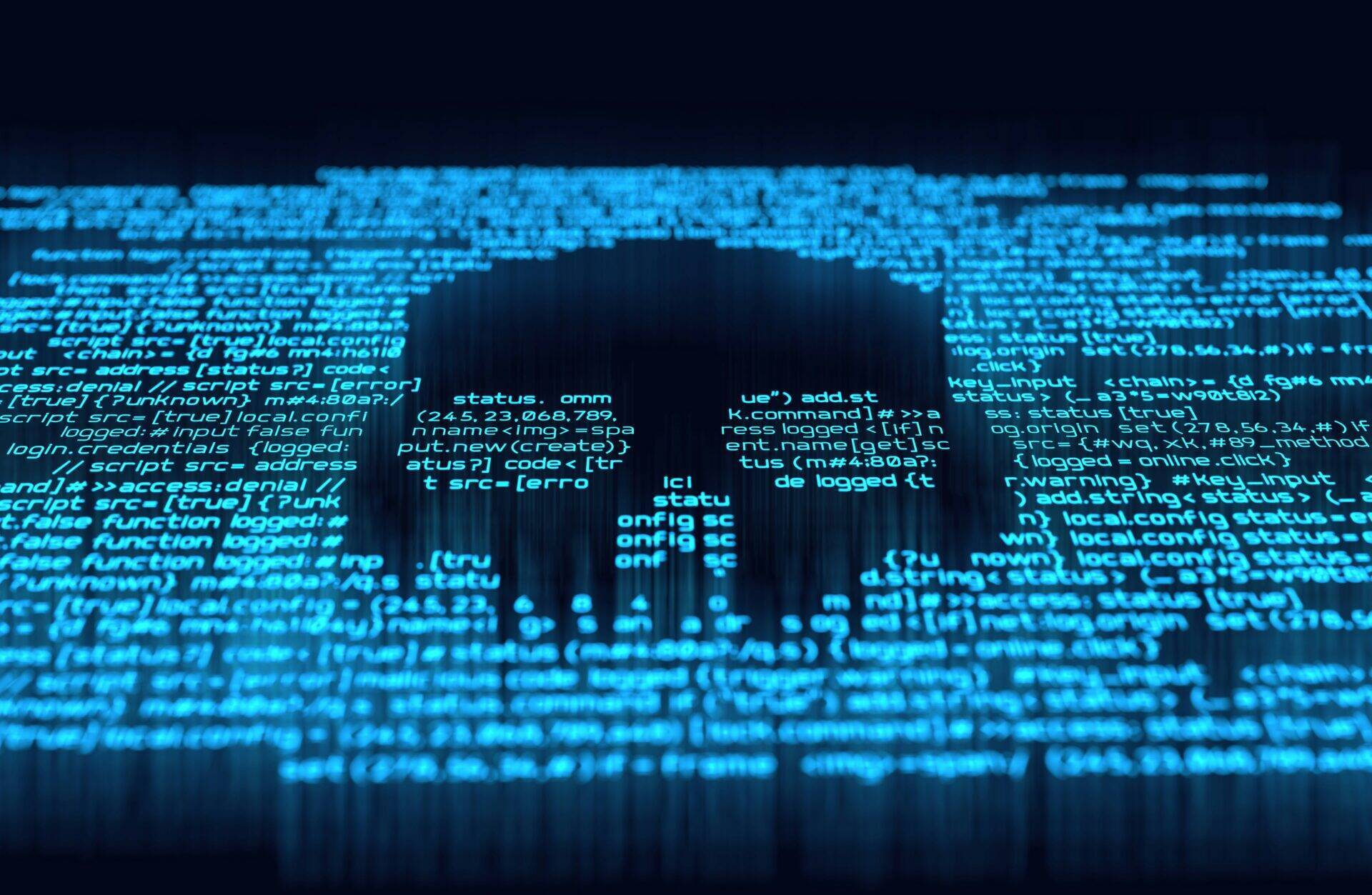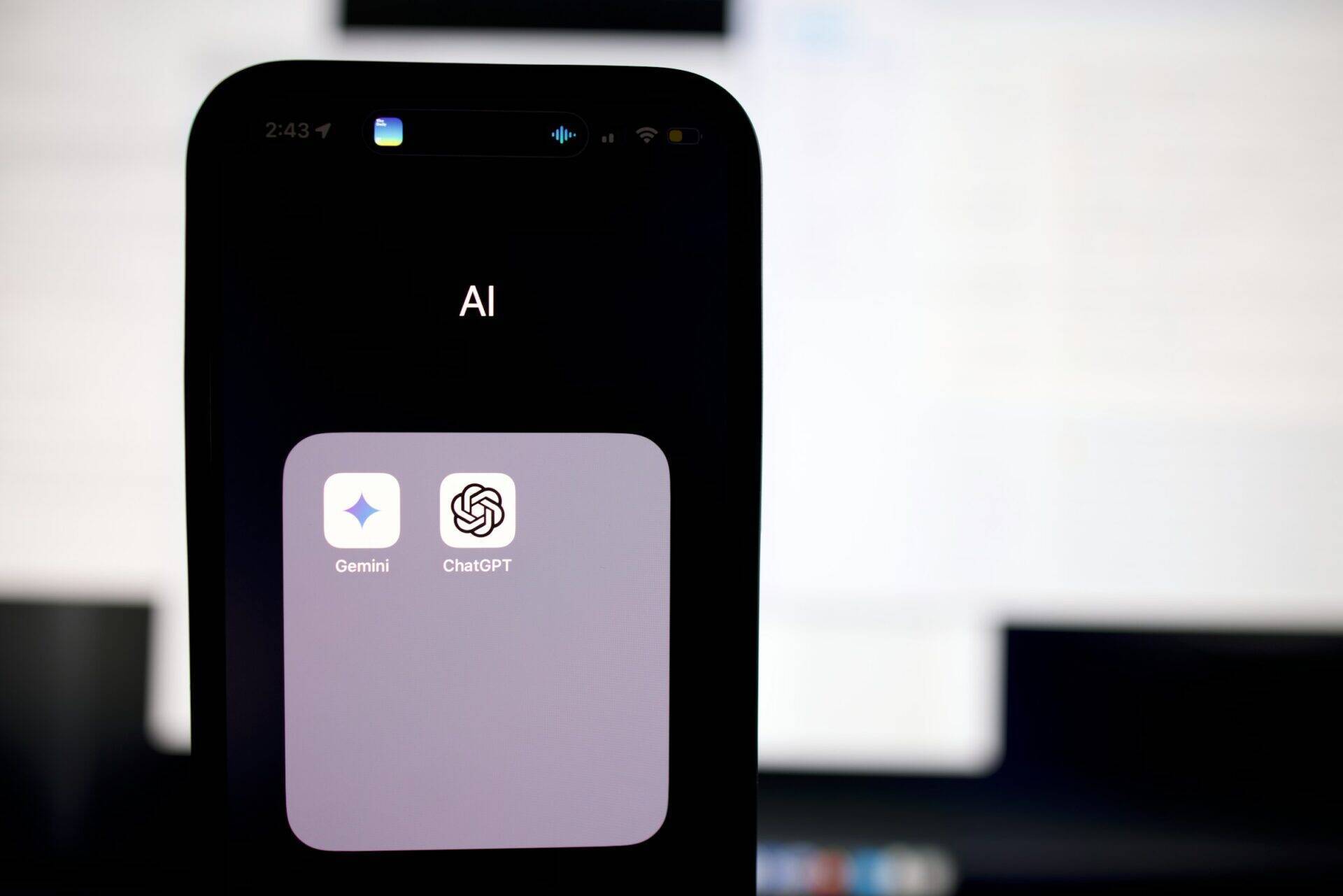In the age of AI and cyberwarfare in Europe
The rise of artificial intelligence (AI) and its integration into cyber warfare has transformed the global security landscape. Cyber warfare is a particularly cost-effective form of conflict: with minimal investment, attackers can disrupt nations and economies in seconds, crossing geographical barriers. Unlike traditional warfare, cyber operations do not require large-scale military infrastructure, making them accessible to both state and non-state actors. A single sophisticated malware attack or AI-generated disinformation campaign can destabilise entire industries, cause financial panic and spread chaos among populations. If left unchecked, the proliferation of cyberwar could lead to widespread anarchy, undermining democratic systems and societal trust.
However, Europe is not defenceless. The old continent is home to some of the world’s greatest expertise, an advanced technological infrastructure and a legacy of innovation in cybersecurity and AI. With the right investment and policies, Europe has the skills and know-how to protect itself against these threats.
This article explores the multiple challenges posed by AI, cyberwarfare and emerging technologies, while proposing concrete strategies for Europe not only to defend itself, but also to shape the global technology landscape.
The impact of AI on market competition
Adopting AI accelerates innovation, reduces operational costs and transforms market dynamics:
- Acceleration of innovation: Companies using AI develop their products faster and offer hyper-personalised services, forcing their competitors to innovate.
- Market concentration: The high development costs of AI and the dependence on advanced infrastructures favour large technology companies, potentially reducing competition.
- Emergence of new players: Start-ups and disruptive companies using AI are challenging incumbent players, particularly in the finance, healthcare and commerce sectors.
- Global competition: Regions such as the US and China dominate AI research and commercialisation, creating intense competition for Europe.
The industries most affected
The adoption of AI is affecting various sectors, with major upheavals in:
- Retail and e-commerce: AI is optimising personalisation and stock management, threatening traditional retailers. For example, Amazon has revolutionised consumer expectations with its AI capabilities.
- Financial services: Automated financial advisors and fraud detection systems are challenging traditional banks and insurers. Revolut, for example, is using AI to simplify financial services.
- Manufacturing: AI is enabling predictive maintenance and automation, reducing costs for manufacturers. Siemens is leveraging AI to optimise production.
- Healthcare: AI is improving diagnostics and patient care, putting providers who don’t integrate these technologies in a difficult position. DeepMind Health offers faster and more accurate diagnoses.
- Logistics: AI optimises supply chains, reducing costs for companies still using manual processes. UPS improves delivery thanks to AI.
Risk and costs
The adoption of AI introduces various risks depending on the region:
- Cybersecurity threats: AI systems are vulnerable to cyber attacks and data breaches. For example, machine learning can be manipulated to compromise critical systems.
- Bias and fairness: AI can reproduce social biases, influencing hiring or credit decisions. Studies show that biased algorithms reinforce inequality.
- Cost of compliance: Stringent regulations, particularly in Europe, are increasing costs for businesses, especially SMEs subject to the GDPR and NIS 2 directive.
- Talent shortage: The shortage of AI specialists is intensifying competition, and Europe is experiencing a brain drain to the US and China.
Global Perspectives and Cross-Geographical Impacts
China:
- China’s advancements in AI and surveillance technologies dominate the global market, emphasizing scale and rapid deployment. These developments contrast with Europe’s ethical focus.
- State-sponsored cyberattacks and economic expansion present challenges to European influence, especially in developing markets. Collaborative approaches to address data security risks and mitigate the spread of authoritarian technologies are crucial.
United States:
- The US leads in AI research and commercialization, benefiting from a robust private sector and academic partnerships. However, diverging regulatory approaches between the US and Europe pose barriers to transatlantic collaboration.
- Europe must strengthen partnerships with US-based technology firms and policymakers to align on ethical standards and cybersecurity norms.
India:
- India’s position as a global hub for cost-effective AI development creates opportunities for collaboration in ethical AI and climate resilience.
- Strengthening ties with India can help Europe diversify its talent pool and reduce reliance on adversarial states for technological imports.
Russia:
- Russia’s focus on AI-driven military strategies and cyberattacks targeting European infrastructure underscores the need for enhanced defense mechanisms.
- Opportunities for limited engagement exist in areas like climate and scientific research, but geopolitical tensions remain a significant hurdle.
Middle East:
- The Middle East’s growing investment in AI and digital infrastructure presents opportunities for strategic partnerships in sectors like energy and smart city development.
- Europe’s expertise in ethical AI and cybersecurity can offer valuable frameworks to support sustainable growth in the region.
What Europe Has Done to Protect Itself
Europe has proactively implemented a range of measures to safeguard its industries, citizens, and digital infrastructure from the rising threats of cyberwarfare and AI-related risks. These measures span regulatory frameworks, technological advancements, and international collaborations, all designed to position Europe as a global leader in ethical and secure technology deployment.
Regulatory frameworks
- NIS 2 Directive (2022): Builds on the original Network and Information Systems Directive, imposing stricter cybersecurity requirements on entities operating critical infrastructure, such as healthcare providers, energy suppliers, and financial institutions.
- General Data Protection Regulation (GDPR): Sets a global benchmark for data privacy and security by requiring companies to protect personal data and adhere to strict compliance standards.
NATO Cooperative Cyber Defence Centre of Excellence (CCDCOE)
- Cyber defence research and innovation, focusing on emerging threats like AI-driven malware and quantum decryption.
- International collaboration, enabling NATO members and partners to coordinate responses to cyberattacks.
- Advanced training exercises, such as Locked Shields, which simulate large-scale cyberattacks to enhance readiness and resilience among participants.
European Cybersecurity Competence Centre (ECCC)
- Facilitates resource pooling among EU member states, ensuring smaller nations can access cutting-edge cybersecurity technologies and expertise.
- Promotes research into AI-powered cybersecurity solutions, such as predictive threat detection and automated response systems.
Investment in AI and Quantum Technologies
- Horizon Europe Initiative: Allocates billions of euros to research projects that enhance Europe’s cybersecurity and AI capabilities.
- Quantum Flagship Program: A €1 billion initiative aimed at developing quantum-safe cryptography to counter the emerging threat of quantum-powered cyberattacks.
Building Sovereign Digital Infrastructure
- GAIA-X Initiative: A pan-European cloud computing project that establishes a secure, interoperable, and transparent data infrastructure within Europe.
Collaborative Defence Strategies
- Strengthening NATO Alliances: Europe works closely with NATO to enhance collective cyber defence capabilities, sharing intelligence and coordinating responses to transnational cyber threats.
- International Agreements: Advocates for the establishment of global norms governing AI and cyberwarfare, like treaties for nuclear disarmament.
Workforce Development and Public Awareness
- Education and Training Programs: Introduces cybersecurity and AI-focused curricula at universities and technical institutions to cultivate the next generation of experts.
- Public Awareness Campaigns: Educates citizens on digital hygiene practices, such as recognizing phishing attempts and securing personal devices.
Cyber Resilience Testing
- “Cyber Europe” Exercises: Biennial large-scale simulations that test the ability of EU member states to respond to coordinated cyberattacks.
- Critical Infrastructure Stress Testing: Targets sectors like energy, telecommunications, and healthcare to identify weak points and strengthen defensive measures.
Conclusion
Europe stands at a critical juncture in its technological evolution. The growing prominence of AI and cyberwarfare presents both immense opportunities and serious threats. By leveraging its ethical principles, fostering innovation, and strengthening global alliances, Europe has the potential to become a leader in the secure and responsible deployment of emerging technologies.
However, inaction or slow adaptation could leave Europe vulnerable to economic stagnation, geopolitical pressures, and cyber risks. Investing in robust cybersecurity frameworks, AI-driven innovations, and strategic collaborations with democratic allies will not only protect Europe’s digital sovereignty but also ensure its industries and citizens thrive in an increasingly interconnected and competitive world.
The time to act is now—proactively shaping the future of AI and cybersecurity will determine Europe’s place in the global order.











